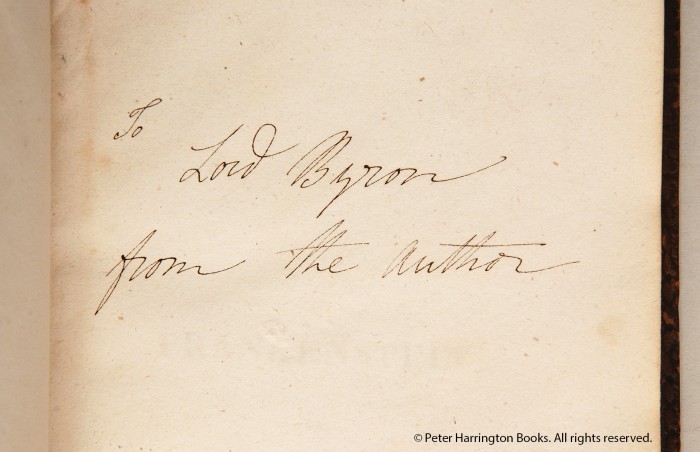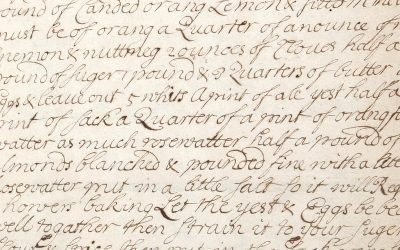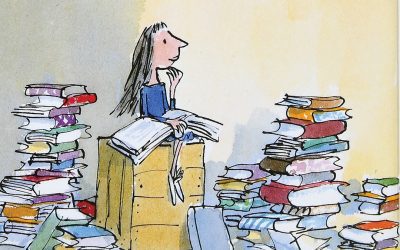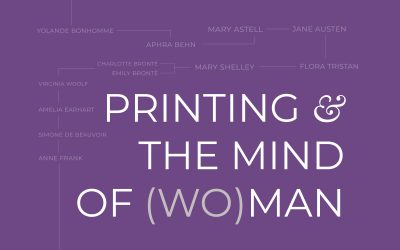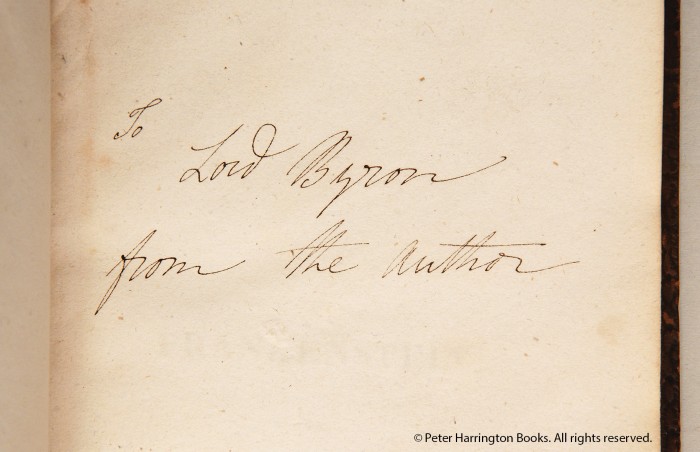
Mary Shelley’s presentation inscription to Lord Byron in his copy of Frankenstein.
Tonight we are pleased to unveil Lord Byron’s copy of Frankenstein, inscribed to him by Mary Shelley.
For the first time we are also making available the full catalogue prepared for the occasion, including an extensive explanation of the historical circumstances surrounding the writing of Frankenstein and the presentation of this copy. Of particular interest is the complex relationship between Mary Shelley, her husband Percy Shelley, and Lord Byron.
To download a .pdf of the catalogue, please click here: Frankenstein Catalogue.
You may also contact us by phone (+44 (0)20 7591 0220) or email (books@peterharrington.co.uk) to request a paper copy (supply is limited).
The book itself will be on display to the public, along with a selection of related books and prints, in our gallery at 100 Fulham Road from tomorrow the 25th of September through the 3rd of October.
We invite offers in excess of £350,000.

